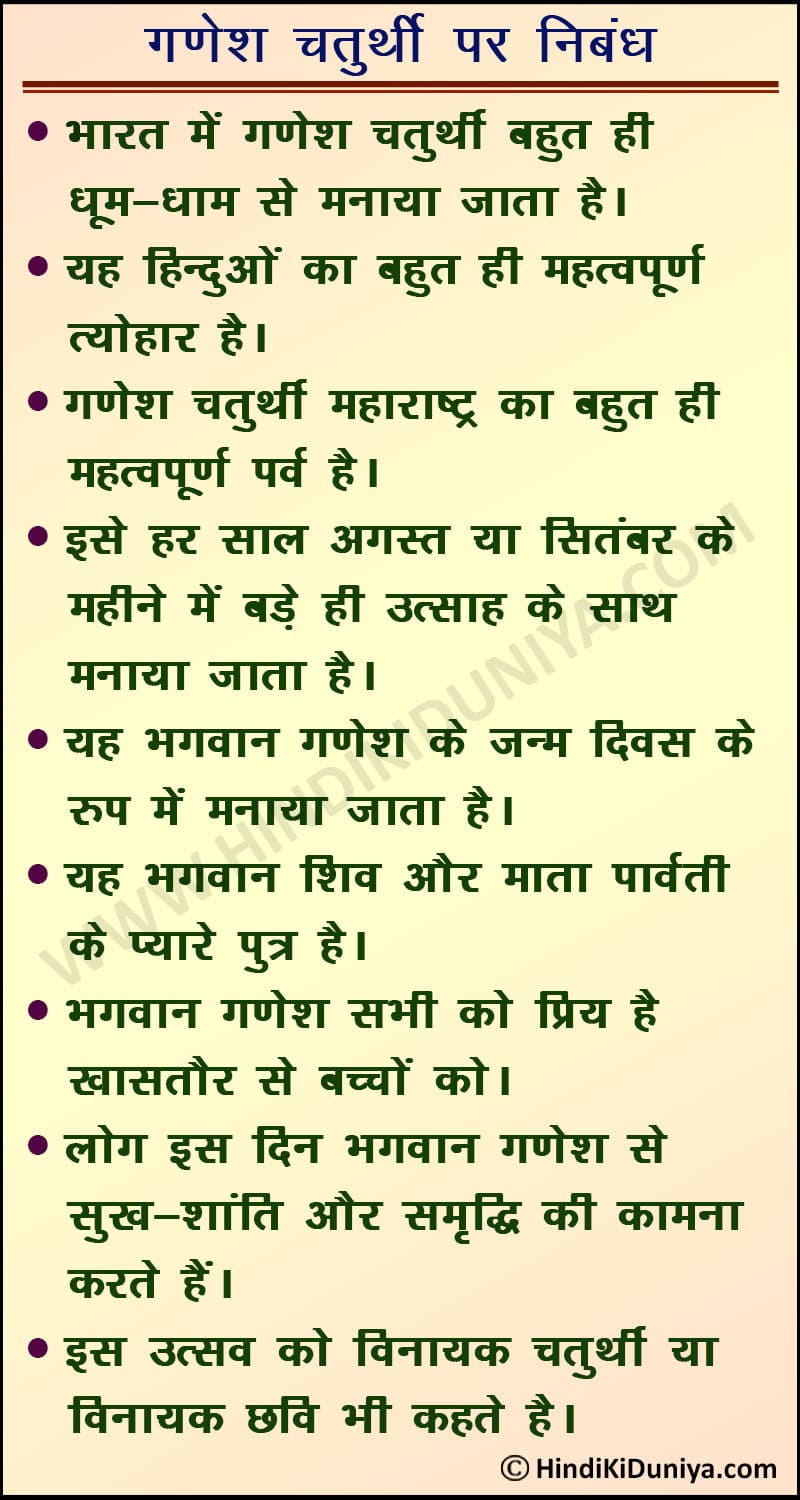
With each legend attached to Ganesha, there are multiple interpretations, different layers and meanings to unpack. These ten days are celebrated during the Ganesh Chaturthi festival and on the eleventh day, the idol is immersed into any water body. After the epic was completely written, on the eleventh day, clay was applied over Ganesh body and he was asked to take bath in a river. It is said that the writing process went for 10 whole days. Since he had no time to get a new one, he broke a part of his ivory and continued writing. In the process, the writing instrument of Ganesh broke.

Ganesh demanded the sage to recite it without any delay or pause. It is said that Lord Ganesh wrote Mahabharata as Sage Vyasa recited it to him. Some communities celebrate this festival to mark the birth of Mahabharata. After all, isn’t celebration more meaningful when you know the story behind it? The Legend

It is celebrated with much enthusiasm especially in the states of Maharashtra, Tamil Nadu, Andhra Pradesh and Karnataka.Īs the festival draws closer, here’s throwing some light on the interesting facts behind Ganesh Chaturthi and the mighty deity.

Even his birth has many legends attached to it – oddly fitting for Ganesha – wise like the elephant, devoted as a son and protector of his devotees. This revered deity’s appeal is diverse and multi-fold and appeals to different parts of the country in different ways. It is time for the annual Ganesh Chaturthi festival, also known as the Vinayaka Chaturthi. The birth of the son of Shiva and Parvati is celebrated with great fervour and devotion every year. His adorable appearance can make every child say ‘Oh, my friend Ganesha!’, while a lotus in his hand and the second arm raised with an axe makes him the remover of obstacles & the patron of art and silence. A giant elephant head, a broken tusk, a rounded body carrying the wisdom of the universe and a tray of modaks by his side with the tiny mouse perched upon his feet, the mighty Ganesha is revered by millions around the world.


 0 kommentar(er)
0 kommentar(er)
